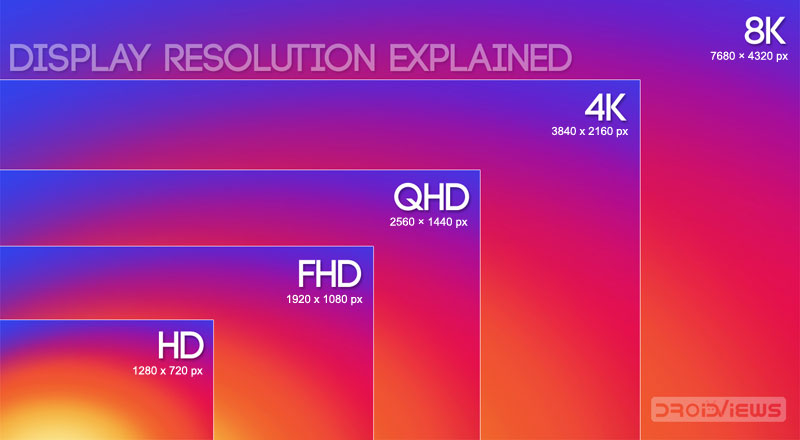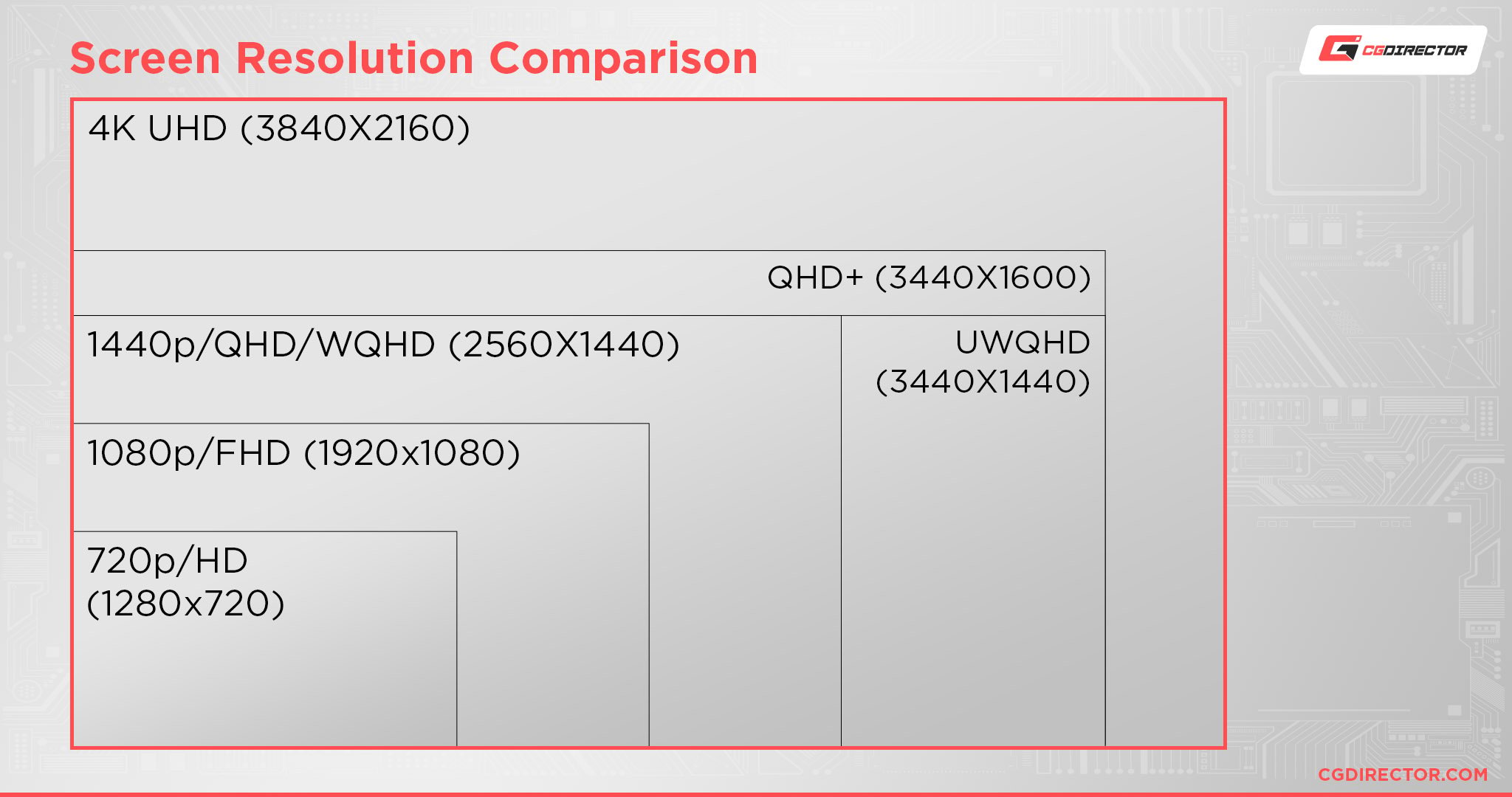Unveiling the Resolution Revolution
In the realm of display technology, the terms “WQHD” and “FHD” are frequently encountered, often leaving users wondering about their distinctions and implications for visual experiences. While both acronyms represent high-definition display resolutions, they differ in their pixel count and overall image quality, catering to diverse user preferences and usage scenarios. Let’s delve into the world of WQHD and FHD resolutions, unraveling their key differences and exploring their suitability for various applications.
WQHD: A Sharper Visual Canvas
WQHD, short for “Wide Quad High Definition,” denotes a display resolution of 2560 x 1440 pixels, offering approximately 77% more pixels than the standard Full HD (FHD) resolution. This enhanced pixel density translates into sharper, more detailed images, with crisper text rendering and finer visual elements.
FHD: The Established Standard
FHD, or Full HD, stands for a resolution of 1920 x 1080 pixels, representing the baseline for high-definition displays. It has become the de facto standard for a wide range of devices, including televisions, monitors, laptops, and smartphones. While it may not offer the same level of detail as WQHD, FHD still delivers a crisp and enjoyable viewing experience for everyday tasks and multimedia consumption.

Comparing WQHD and FHD: Unveiling the Visual Divide
The primary distinction between WQHD and FHD lies in their pixel density, which directly impacts the sharpness and detail of displayed images. WQHD, with its higher pixel count, offers a noticeable improvement in image quality, especially when viewing high-resolution content, such as 4K videos or intricate graphics.

Applications: Selecting the Right Resolution for Your Needs
The choice between WQHD and FHD depends on individual preferences and usage patterns. Here’s a breakdown of their suitability for various applications:
Gaming: WQHD is the preferred choice for gamers seeking a more immersive and visually captivating gaming experience. The enhanced resolution allows for sharper details, smoother gameplay, and a wider field of view.
Graphic Design and Video Editing: For professionals working with high-resolution graphics and videos, WQHD provides the necessary pixel density to maintain image clarity and precision during editing and creative processes.
Everyday Computing and Multimedia Consumption: FHD remains a suitable choice for everyday tasks, such as web browsing, document editing, and casual multimedia consumption. The lower pixel density offers a balance between image quality and performance, especially for less demanding applications.
Considerations Beyond Resolution: Factors Influencing Visual Quality
While resolution is a crucial factor in determining image quality, it’s not the sole determinant. Other factors, such as display technology, panel type, color accuracy, and contrast ratio, also play significant roles in shaping the overall viewing experience.
Conclusion: Embracing the Resolution Revolution
WQHD and FHD represent two distinct yet valuable steps in the evolution of display technology. WQHD offers a compelling upgrade for those seeking a sharper, more immersive visual experience, while FHD maintains its position as a versatile and widely supported standard. Ultimately, the choice between the two depends on individual needs, usage patterns, and performance considerations.